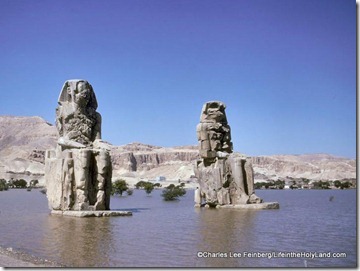Seven of the seventy metal codices alleged to be from the first century have been recovered by Jordanian police. From Haaretz:
Jordan’s archaeology chief, Ziad al-Saad, said on Tuesday that security police have recovered seven ancient manuscripts from local smugglers. The writings are part of 70 manuscripts that Jordanian archaeologists discovered five years ago in a cave in the north. Later, they were stolen and most were believed to have been smuggled into Israel. At a press conference in Jordan’s capital, Amman, earlier this month, al-Saad said that there is strong evidence the material was excavated by a Jordanian Bedouin, but that it later made its way into the hands of an Israeli Bedouin.
The full story is here. This should allow a more thorough and honest investigation than has been done to this point.
